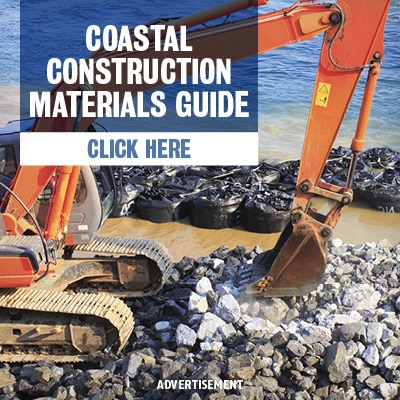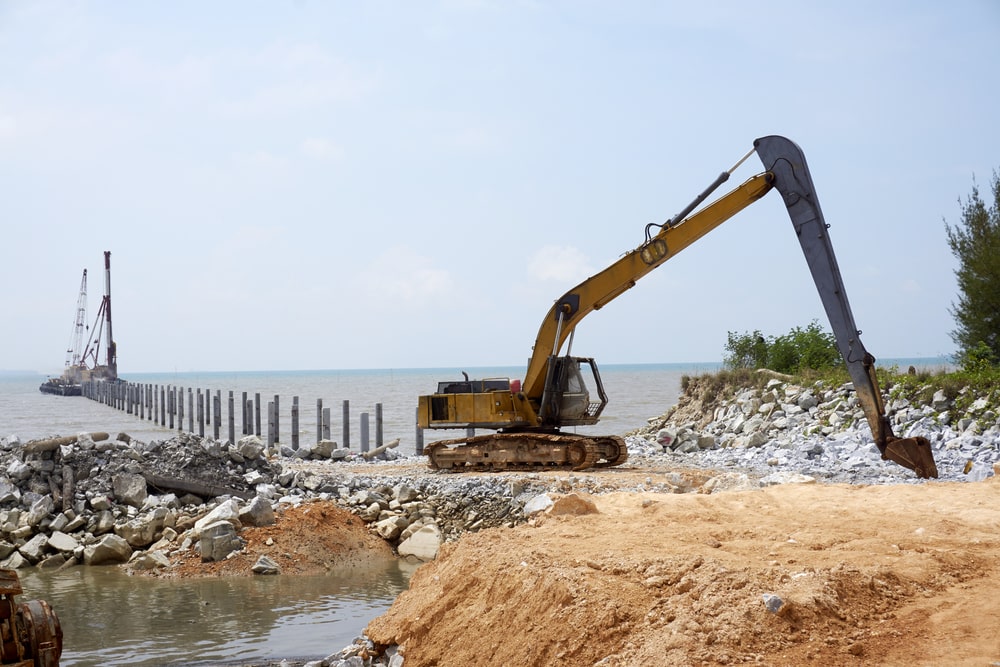Chapter 2 – Introduction
For a complete version of this document click here.
 At the request of the Office of Policy, Office of the Chief of Engineers (OCE), the Policy Studies Division of the Institute for Water Resources was asked to prepare a report on the public use of U.S. Army Corps of Engineers jetties, groins and breakwaters. The meanings of the terms jetty, groin and breakwater used in this report are based on definitions for these structures contained in Volume III of the Shore Protection Manual.
At the request of the Office of Policy, Office of the Chief of Engineers (OCE), the Policy Studies Division of the Institute for Water Resources was asked to prepare a report on the public use of U.S. Army Corps of Engineers jetties, groins and breakwaters. The meanings of the terms jetty, groin and breakwater used in this report are based on definitions for these structures contained in Volume III of the Shore Protection Manual.
Jetty – A structure, on open seacoasts, extending into a body of water, and designed to prevent shoaling of a channel by littoral materials an to direct and confine the stream or tidal flow. Jetties are built at the mouth of a river or tidal inlet to help deepen and stabilize a channel.
Groin – A shore protection structure built (usually perpendicular to the shoreline) to trap littoral drift or retard erosion of the shore.
Breakwater – A structure protecting a shore area, harbor, anchorage or basin from waves.
The principal objectives of this study are: (1) to determine the number of navigation (jetties and breakwaters) and shore protection (groins) structures, improved or unimproved, for recreational activities and the extent of public use of these structures; (2) to ascertain attitudes and methods of the 21 Corps of Engineers coastal and Great lakes districts to accommodate or to discourage public use of jetties, groins and breakwaters, as well as the effectiveness of these methods; (3) to evaluate the need for “minimum facilities” for public health and safety under the provisions of PL 89-72 (Federal Water Project Recreation Act) at those Corps structures not specifically improved for public use; (4) to suggest some guidelines for evaluating both hazardous and “safe” characteristics of jetties, etc., unimproved for public use during times of storms and adverse weather conditions; and (5) to present alternative policies available to the U.S. Army Corps of Engineers in the public use of coastal (shore protection) and navigation structures, including implementation assessments and consideration of associated benefits.
Questionnaire data from all 21 Corps coastal and Great Lakes districts provided most of the information contained in this document. Where questions existed concerning district responses, appropriate Corps personnel were contacted by telephone to resolve ambiguous data entries. In addition, a number of opinions and professional observations on the public use of coastal and navigation structures was secured from state marine safety officers and national safety councils, as well as other applicable Federal agencies.
Chapter III discusses the number and type (rubble-mound, crib, etc.) of coastal and navigation structures in the United States. In Chapter IV< the legal and administrative authority of the U.S. Army Corps of Engineers over public use of these structures is presented. While Chapter V contains overviews, visitation statistics, accidents and benefits related to this same use for recreational activities (fishing, etc.), Chapter VI summarizes major types of design modifications (concrete caps, handrails, etc.) and improvements for safe use of jetties, groins and shore-connected breakwaters. Issues and alternatives for policy decisions on public use of jetties, etc., are the topical areas discussed in Chapter VII. The final chapter (VIII) presents overall study findings an conclusions.
-
 SPW911 Sheet Pile Design Software
Rated 5.00 out of 5$150.00 – $599.99Price range: $150.00 through $599.99
SPW911 Sheet Pile Design Software
Rated 5.00 out of 5$150.00 – $599.99Price range: $150.00 through $599.99 -
 Sheet Pile Design (PDF Download)
Rated 5.00 out of 5$89.00
Sheet Pile Design (PDF Download)
Rated 5.00 out of 5$89.00 -
 Pile Driving (PDF Download)
$89.00
Pile Driving (PDF Download)
$89.00
-
 Marine Construction Volumes 1 & 2 (PDF Download)
$157.00
Marine Construction Volumes 1 & 2 (PDF Download)
$157.00
-
 Pile Driving (Book)
$89.00
Pile Driving (Book)
$89.00









